
Gwyneth Paltrow Sells A $150 Serum On Goop. Can She Also Sell A $39.99 Serum At Target?
Ever since Gwyneth Paltrow sent her first Goop newsletter to 10,377 subscribers in 2008 with recipes for turkey ragu and banana nut muffins, she’s been steadily hyphenating her job title.
Having already shifted from Oscar-winning actress to clean-living proselytizer and cookbook author, she became a prestige skincare entrepreneur in 2016 with a Juice Beauty partnership, the same year she was named Goop’s CEO.
Now, she’s becoming a mass marketer with the label Good.Clean.Goop, which has launched 14 clean beauty and wellness items at Target and Amazon. Her vision for where it will be in 10 years is expansive. “I hope it’s like a massive clean beauty and wellness line, I hope we’re selling it in lots of different countries…and I hope to keep, you know, adding to the line,” said Paltrow last week in a conversation with entertainment journalist Justin Sylvester in front of a crowd sipping cocktails with matcha and lion’s mane at Goop’s headquarters in Santa Monica, Calif.
Although she told Elle UK in March 2009 that she “can’t pretend to be somebody who makes $25,000 a year,” Good.Clean.Goop opens Goop up to people who don’t pretend to make middle or working class incomes. “I always love the idea of being able to make a really gorgeous product line that’s actually more widely available for people who care about ingredients as well,” said Paltrow last week. “It’s so important that, you know, we all do understand, like, some of the hazards that exist in some of the mass products out there, and I just wanted to deliver something that was just surprisingly amazing and just to a much cleaner standard.”
Priced between $19.99 and $39.99, the for-the-masses products aren’t designed to be budget replicas of Goop Beauty’s prestige skincare bestsellers such as $125 Microderm Instant Glow Exfoliator and $150 Youth-Boost Peptide Serum. They’re clean beauty and wellness essentials meant to stand on their own.
Good.Clean.Goop’s 10 skincare, body care and scalp items include Fruit Facial Exfoliating Scrub, a combo of AHAs and micro-crystal exfoliant, and Healthy Aging Serum, a product tackling signs of aging with tranexamic acid, niacinamide, shikimic acid and goji berry oil. The line’s Powerscrub Scalp Detox could be compared to Goop Beauty’s Himalayan Salt Scalp Scrub Shampoo, except the former uses European salt and vitamin E instead of Himalayan salt, cold-pressed moringa oil and pure unfiltered rose hip oil.
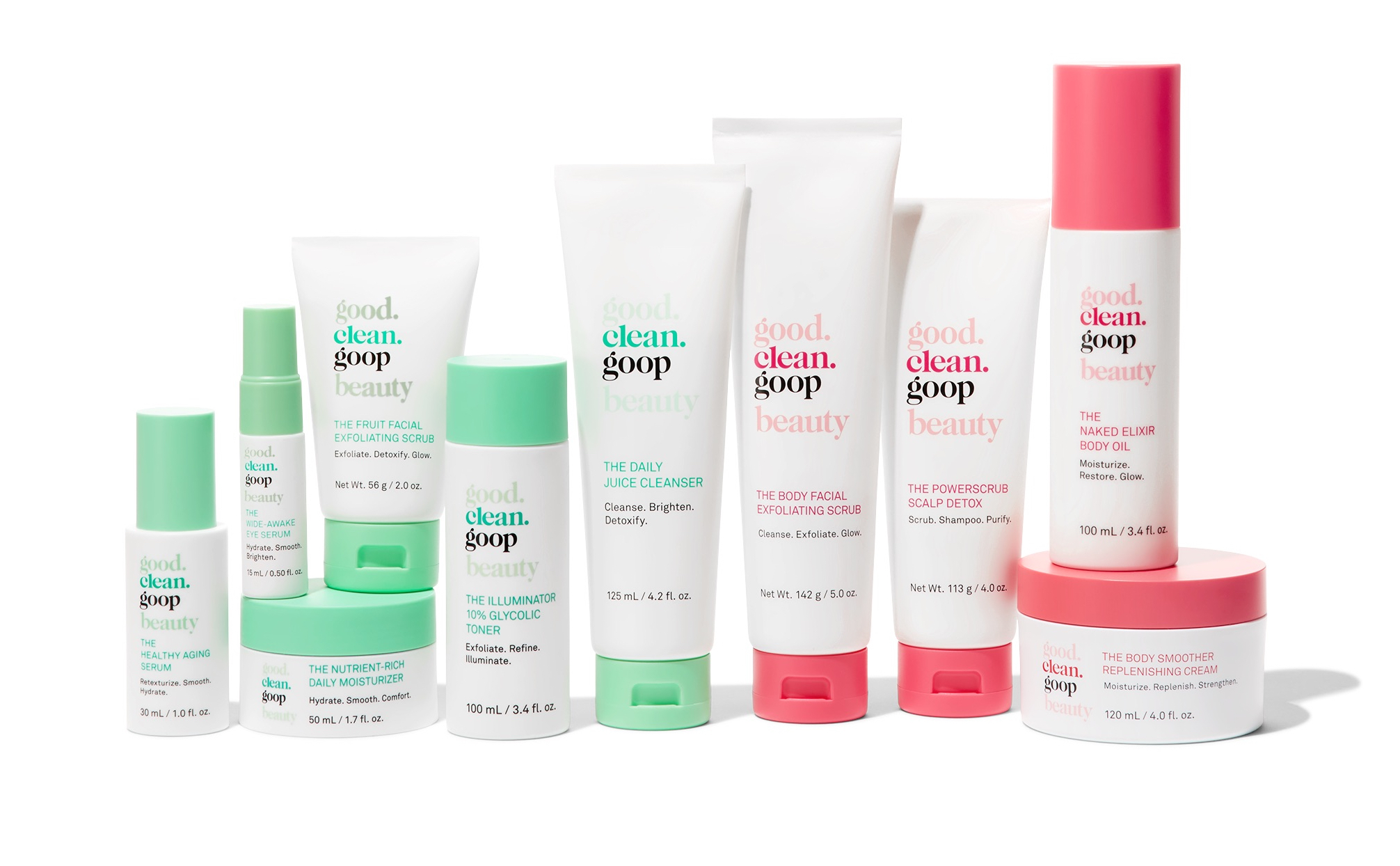
The Good.Clean.Goop wellness collection has a quartet of chews formulated to boost immunity, skin health, cognition and mood. In an acknowledgement of past penalties for deceptive health claims, Goop caveats claims on its chews by communicating that, “These statements have not been evaluated by the Food and Drug Administration. These products are not intended to diagnose, treat, cure or prevent any disease.”
While Good.Clean.Goop’s prices are a fraction of Goop Beauty’s prices, they’re still higher priced than most skincare products at Target, where under or around $20 skincare has been a golden ticket for several brands of late. Naturium, a competitor to Good.Clean.Goop affiliated with beauty influencer Susan Yara and sold at Target in the clean skincare assortment, has an average price of $18. It was acquired by E.l.f. Beauty in August for $355 million.
Paltrow mentioned that discussions about a Goop-Target collaboration started years ago and were revived when the pandemic hit. However, Goop said it began developing Good.Clean.Goop this past January. In comparison, the R&D for the marquee line’s lip balm took three years because Paltrow described herself as “an obsessive lip balm person.”
Good.Clean.Goop was inspired by Goop’s strengths and its insights into customer preferences. Paltrow’s daughter, Apple Martin, influenced its product development, and gen Z, a group that investment bank Piper Sandler estimates has an annual beauty wallet of $324, up 23% from last year, is clearly in the demographic bull’s eye for Good.Clean.Goop.
“I always love the idea of being able to make a really gorgeous product line that’s actually more widely available for people who care about ingredients.”
Paltrow revealed at the launch event that 19-year-old Apple Martin is “obsessed with ingredient panels and what’s in it and is it clean by what standard. And I guess Apple didn’t fall far from the tree, but you know, three years ago, she didn’t care about that at all. She just wanted, like, what was sort of in on TikTok, but now she’s also educated herself in terms of, like, what clean ingredients are.”
Martin isn’t the lone gen Zer getting educated on skincare ingredients. Los Angeles high school student Anna Cox shares the celebrity offspring’s habit of reading skincare ingredients. Dabbling in clean beauty with Glow Recipe’s Watermelon Glow Niacinamide Dew Drops, the 15-year-old likes that “a big part of clean beauty is not testing on animals,” and she has a healthy skepticism of celebrity-fronted beauty brands. “I like to see celebrities using it, but not in an ad,” she says.
According to e-commerce enabler Bolt, celebrity and influencer endorsements rank lower than samples, innovation, sustainability, commercials and diversity in the factors that draw gen Z consumers to beauty products. In a blog post, consumer intelligence firm YPulse says, “The majority of young consumers are more likely to buy a personal care or beauty product that has a ‘clean’ label on it.”
Along with friends, influencers like Alix Earle and Mada Graviet inform Seattle college student Lucy Gunning’s beauty knowledge. “I like to buy products that I know are highly recommended,” says the 20-year-old. She lists Merit and Saie as highly recommended brands she seeks out. With her sensitive skin and limited budget, she says she’s “definitely” interested in checking out Good.Clean.Goop. “I just can’t buy all the fancy products,” she says. “My more generic products like moisturizer and face wash I buy at Target.”
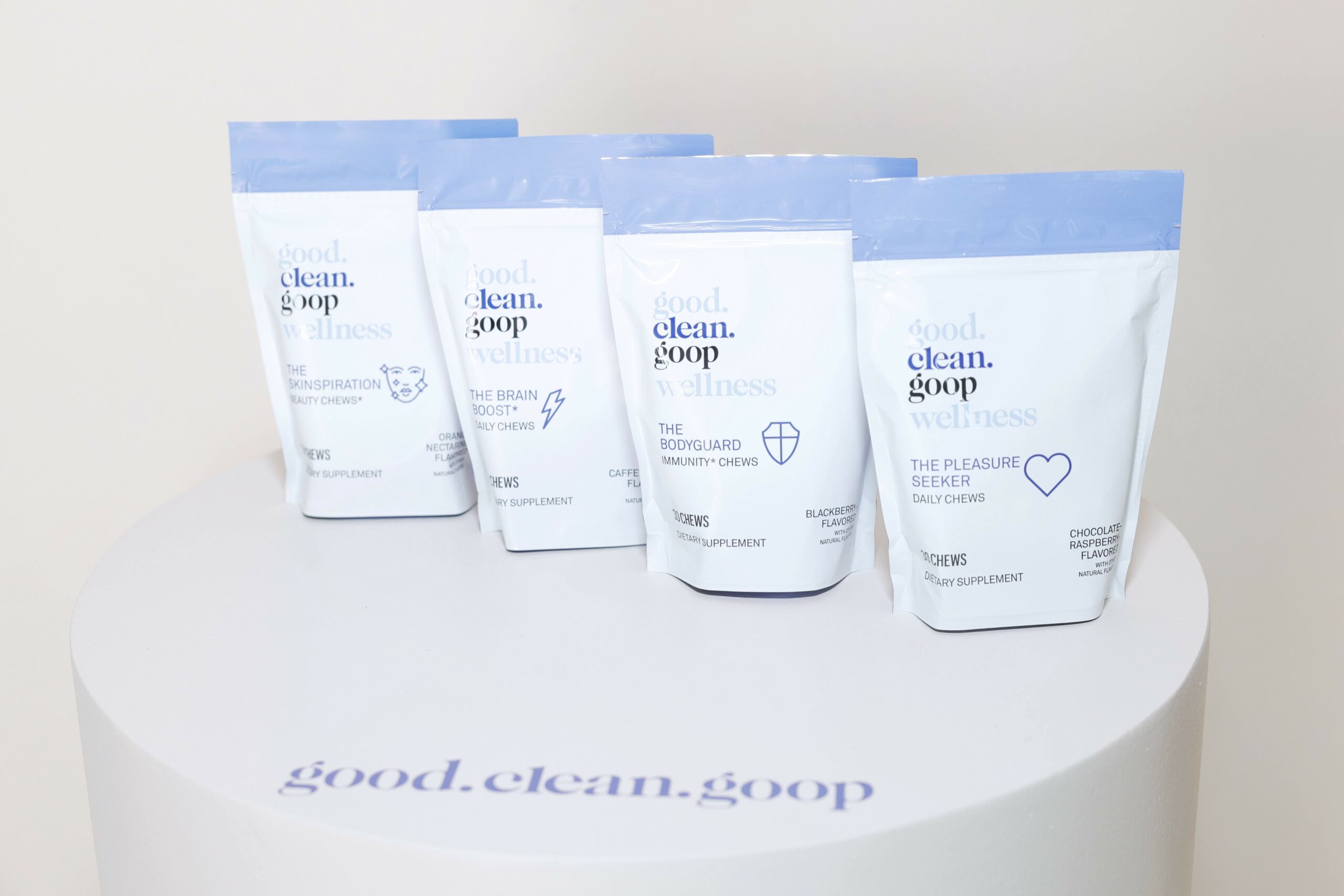
Older consumers, the group that have been squarely in Goop’s demographic sweet spot (Paltrow is 51 years old), may be harder for Good.Clean.Goop to win over. The line’s lower prices don’t sway Amy Liu Schatt. A full-time mom in her 40s, she says she stopped buying Goop’s All-in-One Nourishing Face Cream, “The Martini” Emotional Detox Bath Soak, Fix and Restore Balm, Morning Skin Superpowder, Microderm Instant Glow Exfoliator and Himalayan Salt Scalp Scrub Shampoo after realizing “you get very little for what you pay for.”
The LA native says she’s discovered “much more effective products out there that are easy to get to” from competitors that are clean and clinical. Among her go-to brands are Skinceuticals, DRMTLGY, Cocokind, Arcona and Thrive Causemetics. She’s checked out other celebrity-connected brands, including Scarlett Johansson’s The Outset, Pharrell’s Humanrace and Kylie Jenner’s Kylie Cosmetics.
The clinical skincare brands in Liu Schatt’s arsenal reflect consumer demand swinging from clean to clinical skincare, particularly in the prestige skincare segment. In the second quarter of this year, market research firm NPD relays that clinical brands “brought in the majority of the prestige skincare sales gains.”
And Liu Schatt underscores what’s perhaps the biggest challenge for Good.Clean.Goop: Beauty consumers simply have so many options. From Ayurvedic to zero-waste products, there’s something for everyone. Plus, famous faces are increasingly ubiquitous in the beauty space. Market research firm NielsenIQ estimates there were five celebrity beauty brand launches in 2019, seven in 2020, and 13 each in 2021 and 2022. Total sales of celebrity beauty grew 33% to $762 million in 2022 from 2021. Not all celebrity beauty brands are equally coveted. RIP Jared Leto-linked skincare brand Twentynine Palms.
“The distinct separation of channels for the premium vs. mass lines separates the sub-brand identities and fuels additive rather than cannibalistic sales.”
NielsenIQ identifies Fenty by Rihanna, Rare Beauty by Selena Gomez, Honest Beauty by Jessica Alba, Kylie by Kylie Jenner and Pattern by Tracee Ellis Ross as top-selling celebrity beauty brands. In 2023, the firm estimated four new celebrity brands have launched as of May and sales of celebrity brands reached $356.9 million as of June.
Goop isn’t disclosing sales projections for Good.Clean.Goop. It confirmed reports that sales for its overall beauty business have grown 42% year-over-year and that it’s expecting its in-house beauty line to grow to 73% of sales by the end of 2023. Good.Clean.Goop is rolling out to 1,300 Target stores. Goop’s beauty line accounted for approximately 64% of sales last year. Goop Beauty has phased out its partnership with Juice Beauty. The publication Puck notes that Goop hasn’t turned a profit, a business weakness that Good.Clean.Goop is probably intended to help.
Goop has 170 employees and, along with beauty products, its enterprise encompasses a podcast, clothing, jewelry, two Netflix shows, the Goop Wellness supplement line, Goop Health wellness summits, five stores, Goop at Sea cruise and Goop Kitchen takeout chain. In 2018, the company raised $50 million in series C funding at a $250 million valuation. It’s raised $70 million all told.
Goop isn’t selling Good.Clean.Goop on its website, a decision that could protect the prestige halo of Goop Beauty and Goop’s vendors like Lyma, Le Prunier and Westman Atelier that epitomize quiet luxury in the beauty field. Jamie Woodard, previously an MBA fellow at early-stage venture capital firm Willow Growth Partners and summer associate at investment firm CAVU Consumer Partners, observes on LinkedIn that Goop Beauty’s “$150 SKUs are not for the average beauty consumer” that Good.Clean.Goop can attract on Amazon and Target, two leading venues for beauty product searches.
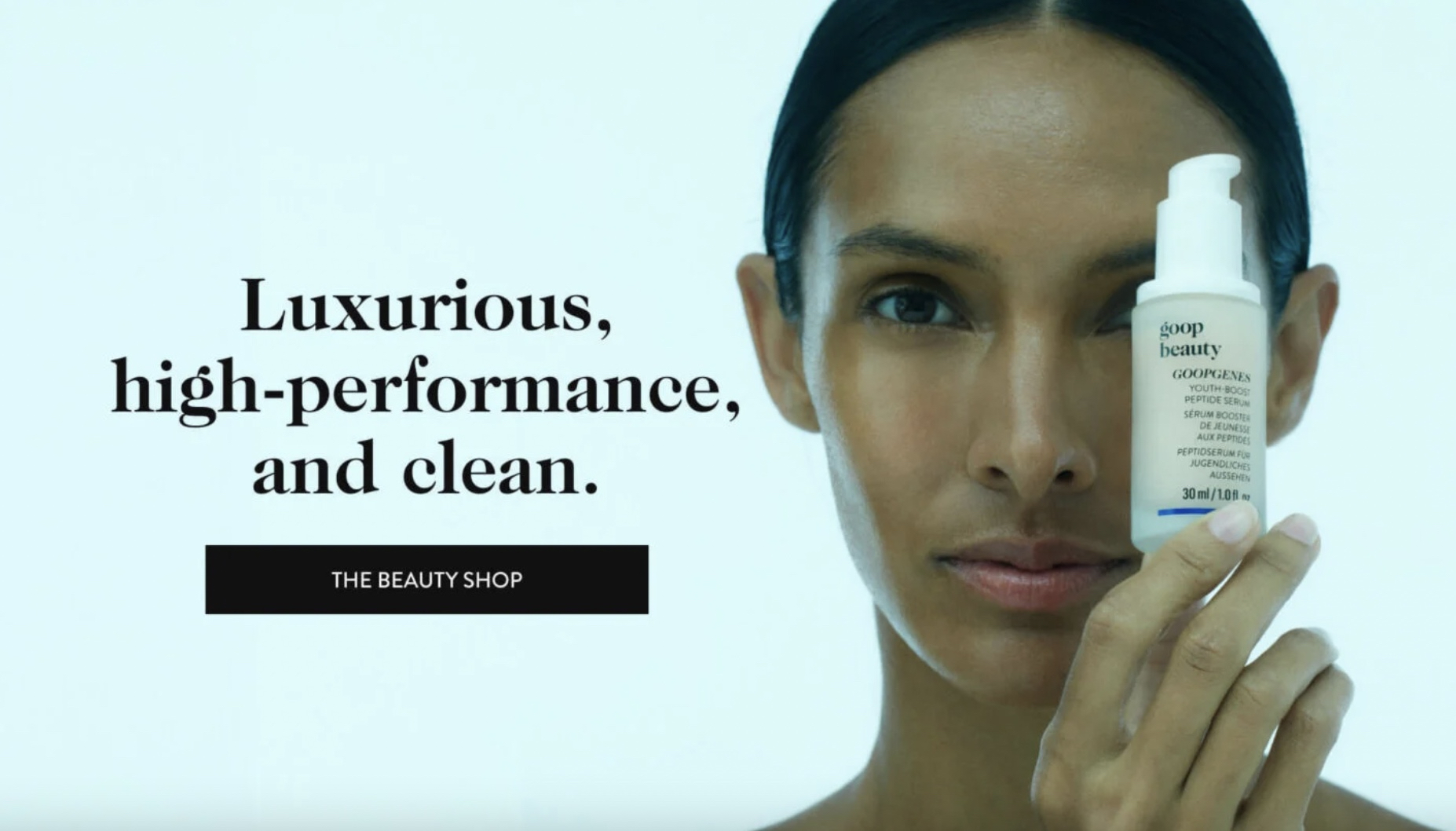
She writes, “I love this move by [Goop]. This new line captures a new customer segment with the potential for GCG [Good.Clean.Goop] customers to graduate into the premium in-house line…The distinct separation of channels for the premium vs. mass lines separates the sub-brand identities and fuels additive rather than cannibalistic sales.”
The promise of additive sales has propelled lower-priced diffusion lines in beauty and fashion for decades, but they’re rarely successful. The trick is to create enough distinction between the diffusion line and original upscale brand to drive sales to them separately and encourage trading up among the diffusion line customers with the discretionary income to do so. The risks are that distraction at a management level dooms one or both of the brands and that the diffusion line compromises the sales or brand equity of the luxury progenitor.
As she delves into diffusion difficulties with Good.Clean.Goop, Paltrow’s already moving on to what’s next in clean beauty and wellness. “What I’m really exploring right now is more like the longevity aspect” of health and life, she said. “There’s such a strong connection between gut health and skin health.”
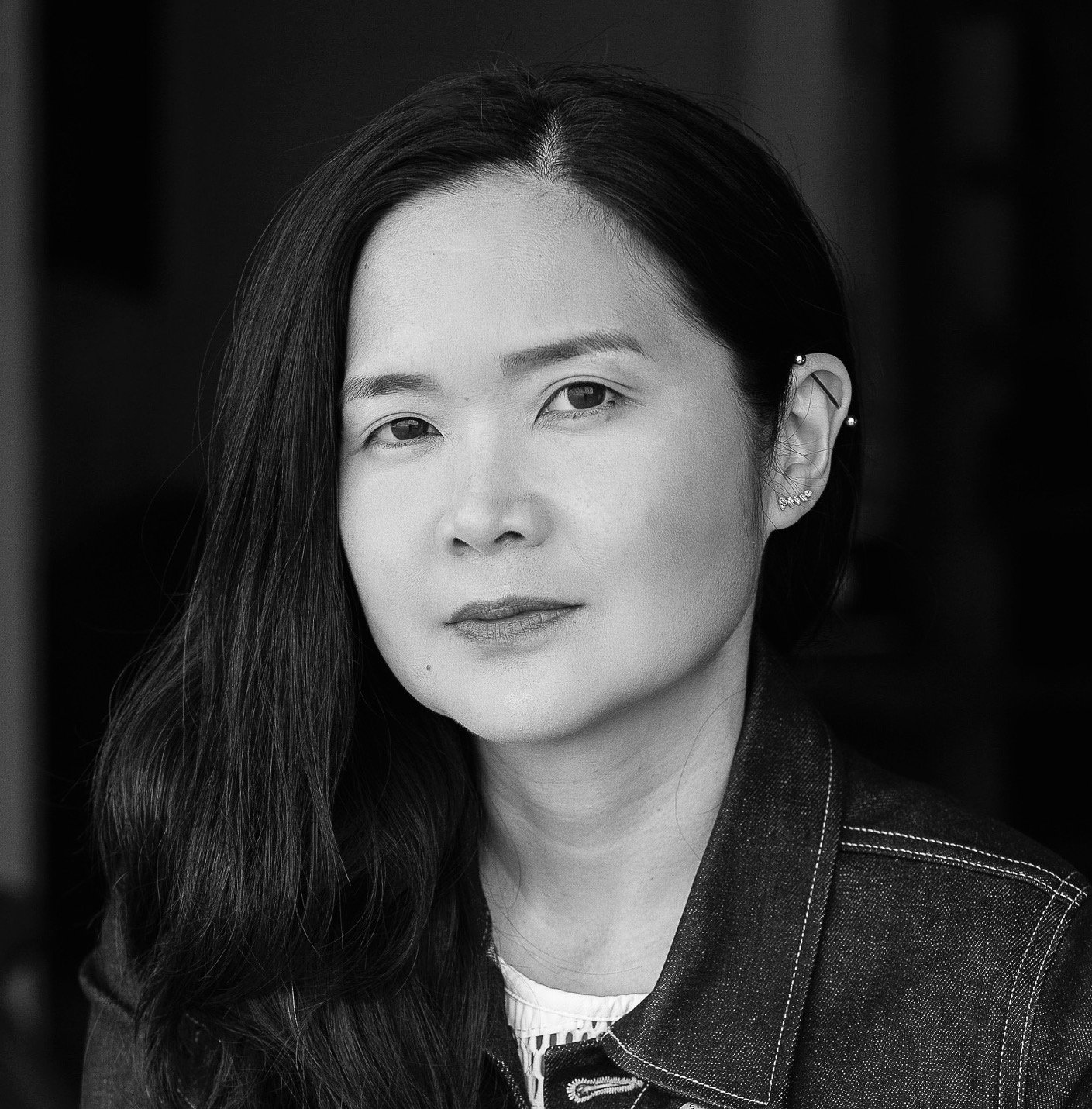
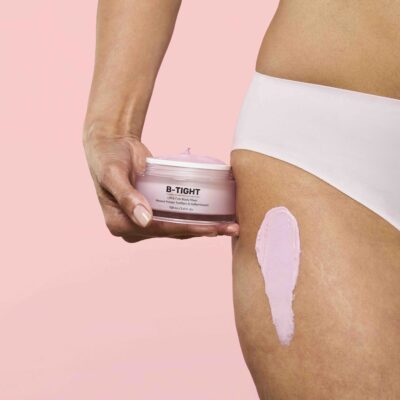
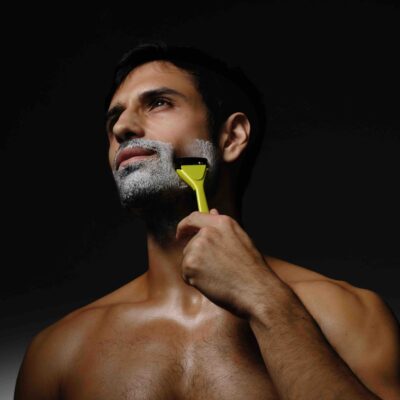
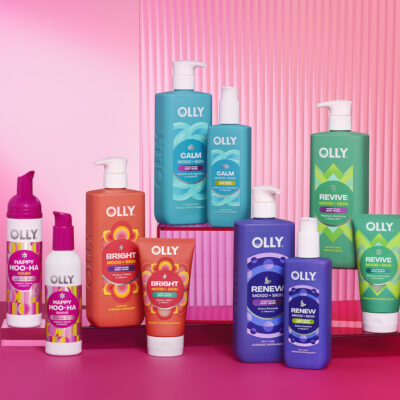
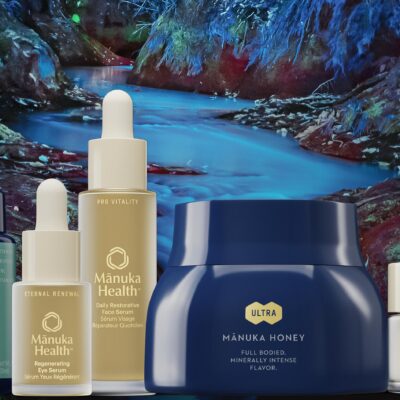
Leave a Reply
You must be logged in to post a comment.